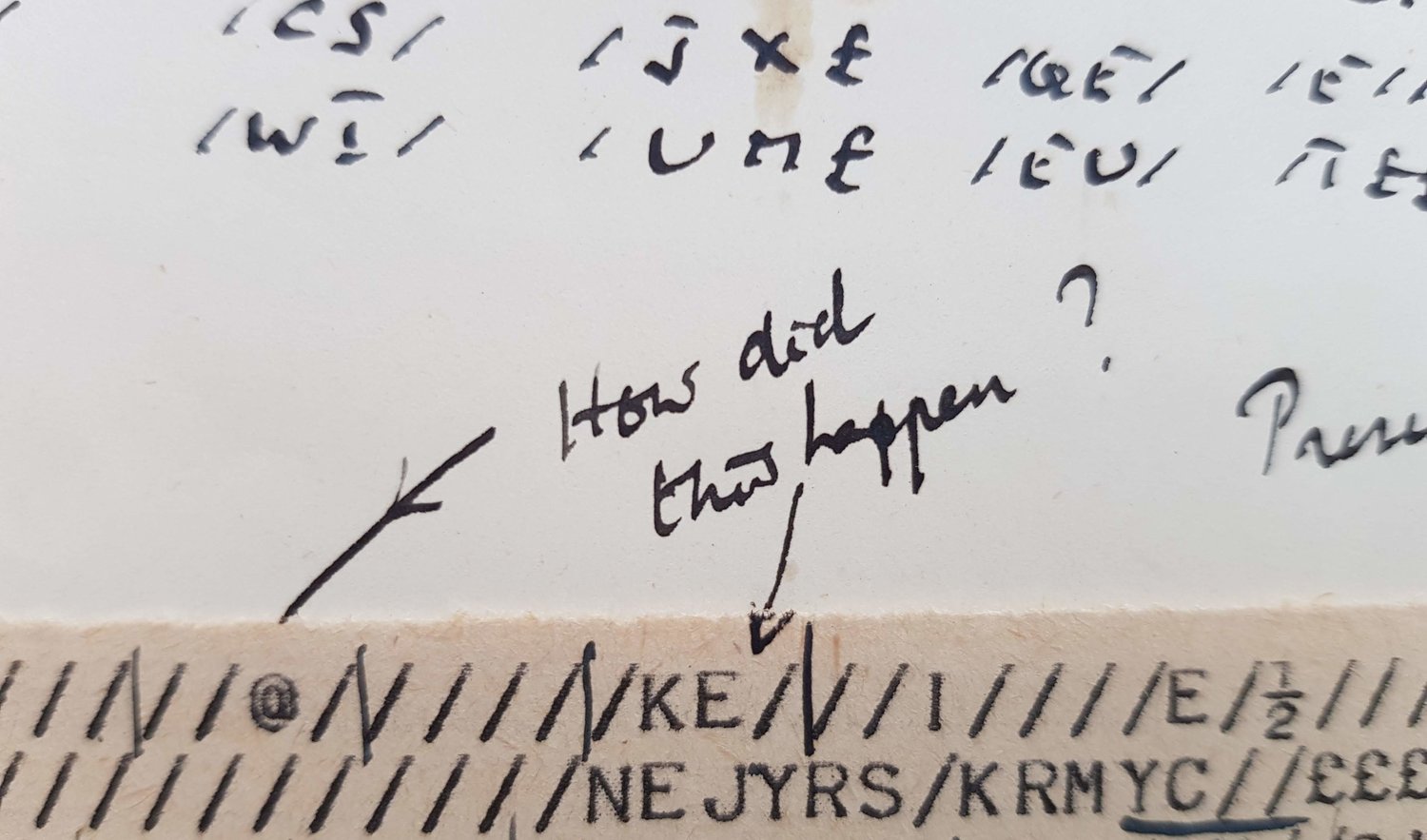Trams being scrapped, c1949, courtesy the Museum of Transport. Photographer unknown.
E made a polite but heartfelt request that I not become one of those ‘men who write about transport infrastructure’, but she didn’t mention pictures, so this is by way of some extended captions.
First up. a picture that is in the book, of Manchester’s trams in a junkyard awaiting disposal. I included it partly because I warmed to the colour and texture of it. It’s an slide held by the lovely Greater Manchester Museum of Transport, which is in my view (though perhaps not E’s) one of the more intriguing of Manchester’s cultural offers. Tram-removal had been planned as early as the 1930s, but wartime saw a chronic shortage of buses to replace them with, with a whole fleet of Manchester’s own sent down to keep London on the move (presumably Manchester was fine cycling). In the immediate postwar years it continued to be a symbol of modernity and investment to rip up the tram tracks and trolley bus wires and replace them by much more cost-efficient and flexible petrol buses. The buses were also perceived as more comfortable, though I wonder if that was more to do with the heritage of wooden seats. Now of course, trams are back in Manchester as a symbol of public investment ambition. They might have potential to be greener and more comfortable than buses, but still less cost-efficient. Indeed trams were once explained to me by a senior transport civil servant as expensive, but the only way to get middle class people out of their cars as outside London no-one with a choice would use a bus.
Two quite unrelated infrastructure projects to squeeze in while E’s not looking. The first is a proposal for an electrically powered 100mph monorail from Liverpool to Manchester; it seems to have been a serious plan by a respectable engineer named FP Behr. The choice of monorail was part fashion and part to overcome the contemporary speed limitations of ordinary trains, caused by their unfortunate tendency to derail if they went too fast (because the engineering hadn’t been worked out, not because John Major deliberately fragmented the national rail safety expertise that knew how to keep the engineering doing its job). It never happened, for the usual reasons, but also because it turned out the the French engineer Lartigue, who had supposedly already got monorails working elsewhere, was a bit of a charlatan and his fall tainted the whole idea.
Plans for an underground circle line under Albert Square and St Anne’s square, with stations, 1902.
I had thought the bitcoin era of rail was in the nineteenth century, but I found another never-feasible project from the same year that will also have made money for advisers and consulting engineers if not for the promoters. Chetham’s library holds the only known copy of a bill presented to Parliament in 1902 for the building of an electric underground Circle line for Manchester. It wasn’t the first or last such effort. There are a couple of established railway engineers associated with the project, but the names of the promoters themselves don’t make any mark on Google and I assume they lost all the money they punted on investing the scheme. This particular one isn’t in most of the books you’d expect, but I’m not the first to find it; the route as a whole is definitely shown in an online map of unrealized schemes from the University of Manchester Geography department that I would link to if I could find it again.
And finally, here, in tribute to Douglas Hartree, who liked to spend his Saturdays in a signal box, is the interior of the signal box that used to stand just outside Manchester Victoria. Hartree also really enjoyed the General Strike of 1926 as it gave him a chance to drive a train.
Image (c) by Graham Floyd via a splendid site by men who write about transport infrastructure.




